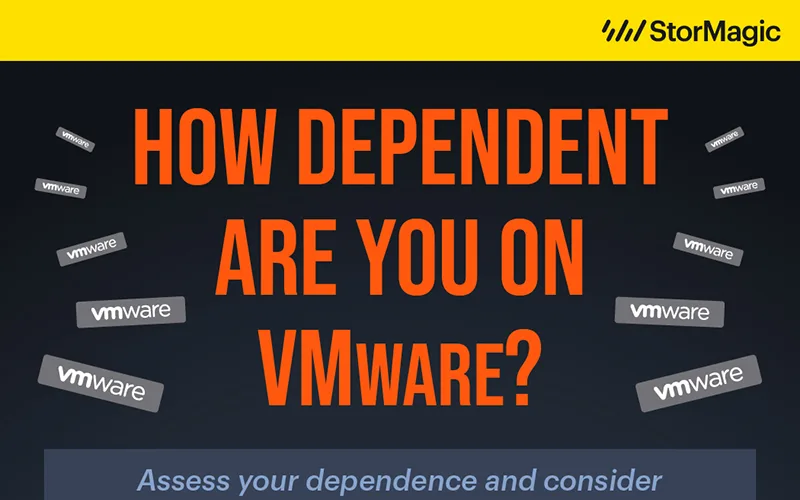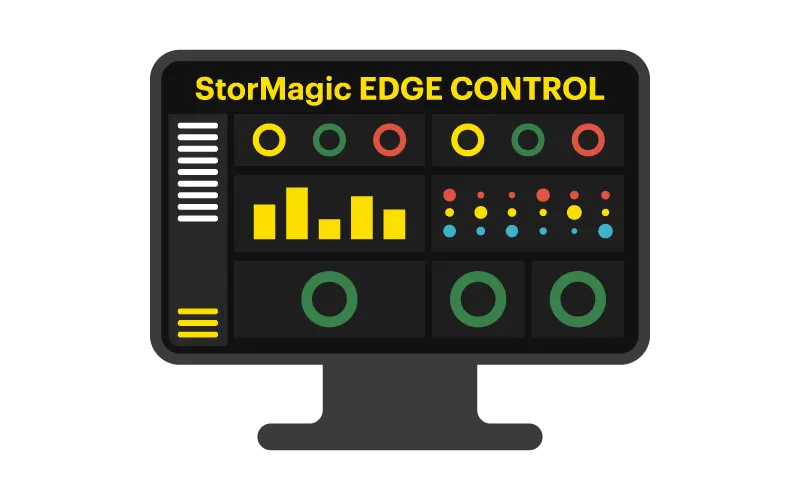StorMagic CEO, Hans O’Sullivan, examines the release of Windows Server 2016 and with it, Storage Spaces Direct in this three part series of blogs. Part 2 delves into the details of Storage Spaces Direct.
Software-defined storage (SDS) solutions have been around for several years and with Microsoft’s Windows Server 2016 launch that includes Storage Spaces Direct, which will now go mainstream. Simply put, when Microsoft steps into a market, IT professionals take notice. Microsoft’s validation of SDS will ensure it quickly emerges from, arguably, a large niche into the mainstream. At the same time, this will create a market 10x bigger fueled by the availability of other SDS solutions that ensure IT professionals, inspired by Microsoft’s market entry, always get a choice of ‘best-of-breed’ technologies for their particular needs. StorMagic welcomes Microsoft’s clear commitment to SDS. It paves the way for broader adoption and gives customers confidence that the pioneers in the market, like StorMagic as well as our customers and partners were always on the right track.
Microsoft Takes SDS Mainstream
SDS has been adopted and proven across multiple use cases in the datacenter and at the edge. Microsoft’s entry into the market should now force every IT Professional to ask the question “do I really need a separate storage array for this project or should I leverage SDS?” You might argue that VMware’s entry was also a defining moment for SDS since VMware remains the virtualization market leader, but Microsoft is entrenched as a defacto platform in almost every organization — and Microsoft has plenty of experience taking a niche solution mainstream (the GUI, office productivity applications and thin-client computing were all innovated elsewhere). When Microsoft gets behind a technology, all of its customers — which is basically everyone — will get exposed to the idea. This is especially true when a technology is embedded in the platform, as Storage Spaces Direct is.
What You Should Know About Storage Spaces Direct
There’s is a good write up on TechNet discussing Storage Spaces Direct where you can get a detailed overview. Microsoft have certainly delivered a strong set of features. However a few things stand out that should also draw the IT professional’s attention to the likes of StorMagic.
Requires Windows Server 2016 Datacenter Edition
You need to be ready to deploy the latest versions Windows Server and be prepared to pay for Datacenter Edition. This isn’t practical for many organizations that run existing workloads on Server 2008 or 2012 (or even Server 2003, which according to some reports, has a nearly 18 percent share of on-premises server deployments!). Server 2016 also moves from a per processor to a per core pricing model, which may create challenges for some customers. Particularly take note if you are designing a hyperconverged solution only running a few VMs or software-defined storage array.
Supports Hyper-V only
Pretty obvious but if you are a VMware shop then look elsewhere. StorMagic supports both vSphere and Hyper-V.
The system resource requirements are high
The minimum hardware requirements call for 5GB of memory per TB of cache drive on each server to support metadata. It also calls for 10GbE networking and enterprise-grade SSDs for the cache devices. Buying new systems to specification can be costly. With StorMagic, you can build an all HDD solution, all SSD or any mix that meets your performance needs.
Requires certified matching hardware at a component level
All servers must be identical including components, drivers, firmware and configuration and certified on Windows Server 2016. Because of this, repurposing existing hardware will be difficult and adding hardware in the future will require careful planning and execution. VSA based SDS solutions like StorMagic SvSAN do not have the same restriction, as you can mix any server type in a cluster.
Stretched clusters across sites is not supported
Ensuring site redundancy between buildings and datacenters is a common requirement for StorMagic customers and something you cannot achieve with Storage Spaces Direct.
…now what next?
Read part 3 as Hans explains where StorMagic and other vendors fit now that Microsoft have entered the market.




